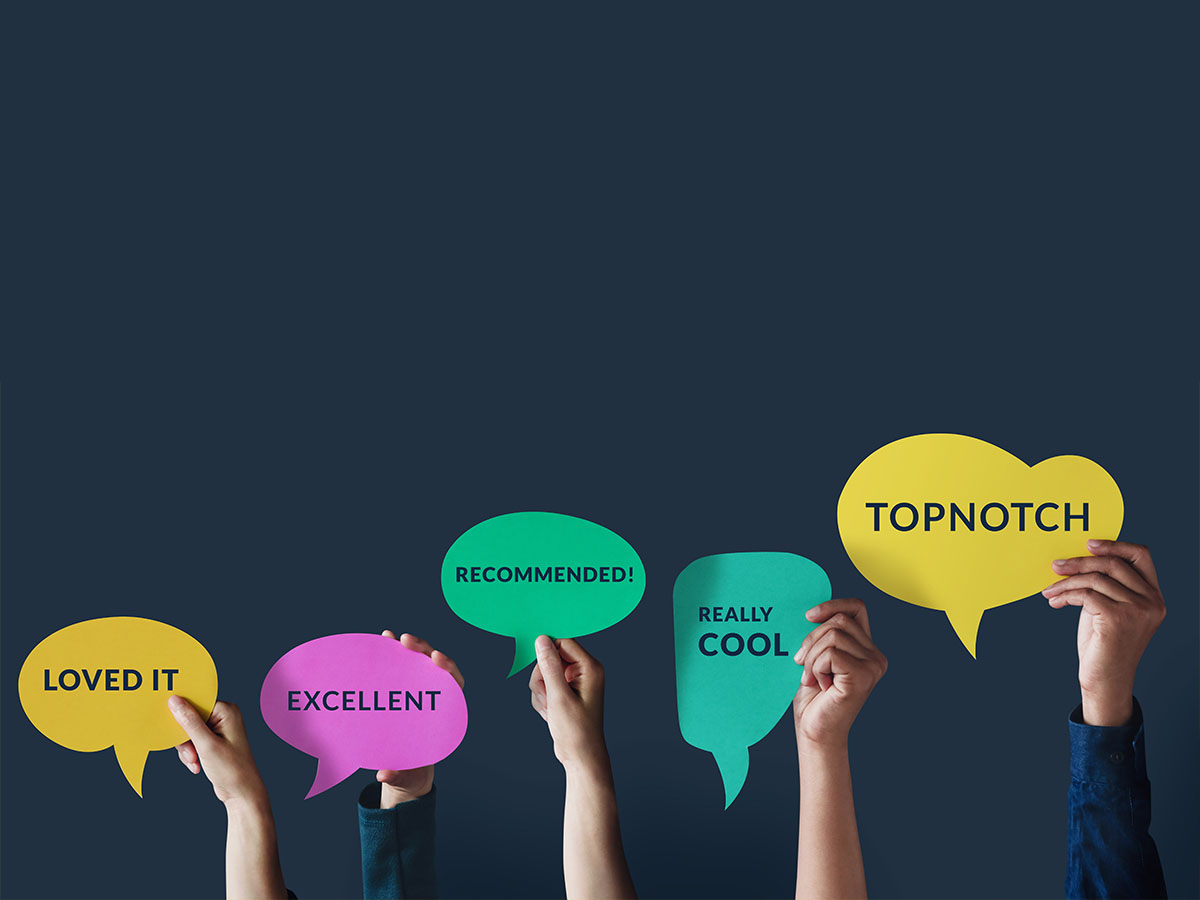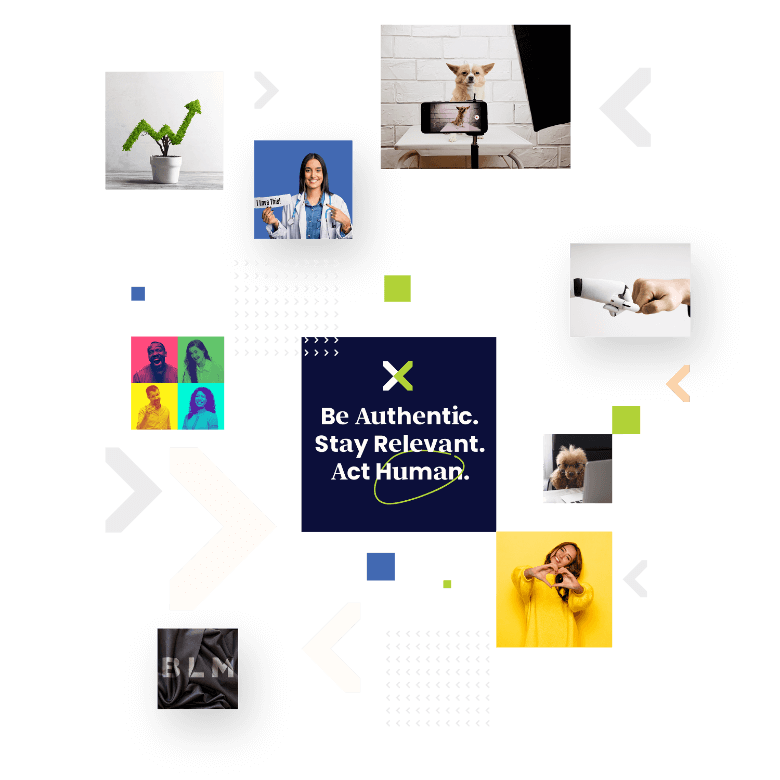Forget the traditional sales funnel — modern marketers are watching their efforts soar with the marketing flywheel. This model is the go-to approach for forward-thinking businesses, revolutionizing the way we connect with customers and drive growth through human-centric marketing. If you’re not aware of the exponential benefits of the flywheel over the funnel… it’s time to hop on.
What is the marketing flywheel?
The marketing flywheel is all about flipping the script on how companies do business by prioritizing relationships over transactions. It’s not about pushing products; it’s about building authentic connections — and adding value for customers at every. single. step.
Created by inventor James Watt, the flywheel is, at its core, an energy-efficient wheel. The amount of energy it stores depends on how fast it spins, the amount of friction it encounters, and its size. When adapted into a marketing concept — as HubSpot did back in 2018 — the flywheel is powered by customer satisfaction.
Picture it like this: a dynamic, interconnected loop that’s fueled by the energy of happy customers. Unlike the linear nature of the sales funnel, the flywheel spins endlessly, propelled by momentum and driven by the real experiences of real people — thus driving more sales and attracting more customers, on and on forever.

How the marketing flywheel works
As mentioned before, your flywheel’s momentum depends on three factors:
1. How big it is
2. How fast you spin it
3. How much friction there is
Obviously, the bigger your flywheel is, the more effort you’ll need to sustain it. That part’s a given.

See How We Can Scale-up Your Startup
Fractional Marketing Team: Access fractional CMOs + freelancers specializing in startups
Startup Marketing Audit: Uncover gaps and opportunities to smash your goals
Minimum Viable Brand: Get a fast-tracked cohesive brand built from the ground up
Branding & Messaging Packages: Dial in your look and feel to tell your brand’s authentic story
Regarding how fast you spin it, you should consider the factors that will propel your business forward at high speed. This will be unique to your business model, audience, and goals (this is where you should align internally with key stakeholders!), but some examples may include:
- Inbound marketing
- Frictionless selling
- Customer referral programs
- Paid advertising
- A strong customer service team
As for the friction, look to the potential roadblocks and slowdowns, such as:
- Poor internal processes
- Lack of communication between teams
- Misalignment between customers and employees
- Buyer journey obstacles
- Misappropriated resources and team members
- Confusing pricing structures
When you increase speed and decrease friction, you’ll be able to keep that wheel spinning consistently — allowing you to build, refine, and grow a brand that speaks directly to the hearts and minds of your ideal customers.
Why ditch the funnel for the flywheel
Listen, the funnel is a marketing mainstay for a reason. However, there’s one major flaw to the funnel: It treats the customer as an endpoint, rather than a driving force in the business’ lifecycle.
In the funnel, forces are applied at the top to push a customer through the buying experience — and then they’re dumped out at the end, leaving the business to being the process all over again with a new prospect.
With the flywheel, on the other hand, forces are applied through the entire cycle, guiding the customer through the discovery, engagement, and delight phases — then empowering them to stay in the wheel as a loyal customer, or even better, an advocate for the brand that brings in new customers.
Final thoughts on the flywheel
In a world absolutely inundated with impersonal ads, cookie-cutter emails, and sales-y pitches, what truly sets a brand apart is its ability to resonate with its audience on a human level. The flywheel is a celebration of human-centric marketing — an approach that recognizes the importance of empathy, understanding, and genuine engagement with the real humans who interact with your brand.
By prioritizing authentic relationships and knocking the customer experience out of the park, organizations can cultivate loyalty, trust, and advocacy — because happy customers aren’t just one-time buyers; they’re ride-or-die fans who will stick around, spend more, and shout the love for your brand from the rooftops.
The marketing flywheel is in constant motion. It requires perpetual listening, learning, and adaptation based on feedback from your audience. By staying agile and responsive, you can ensure your marketing efforts remain relevant, resonant, and irresistibly magnetic.
For founders and growing companies
Get all the tips, stories and resources you didn’t know you needed – straight to your email!


